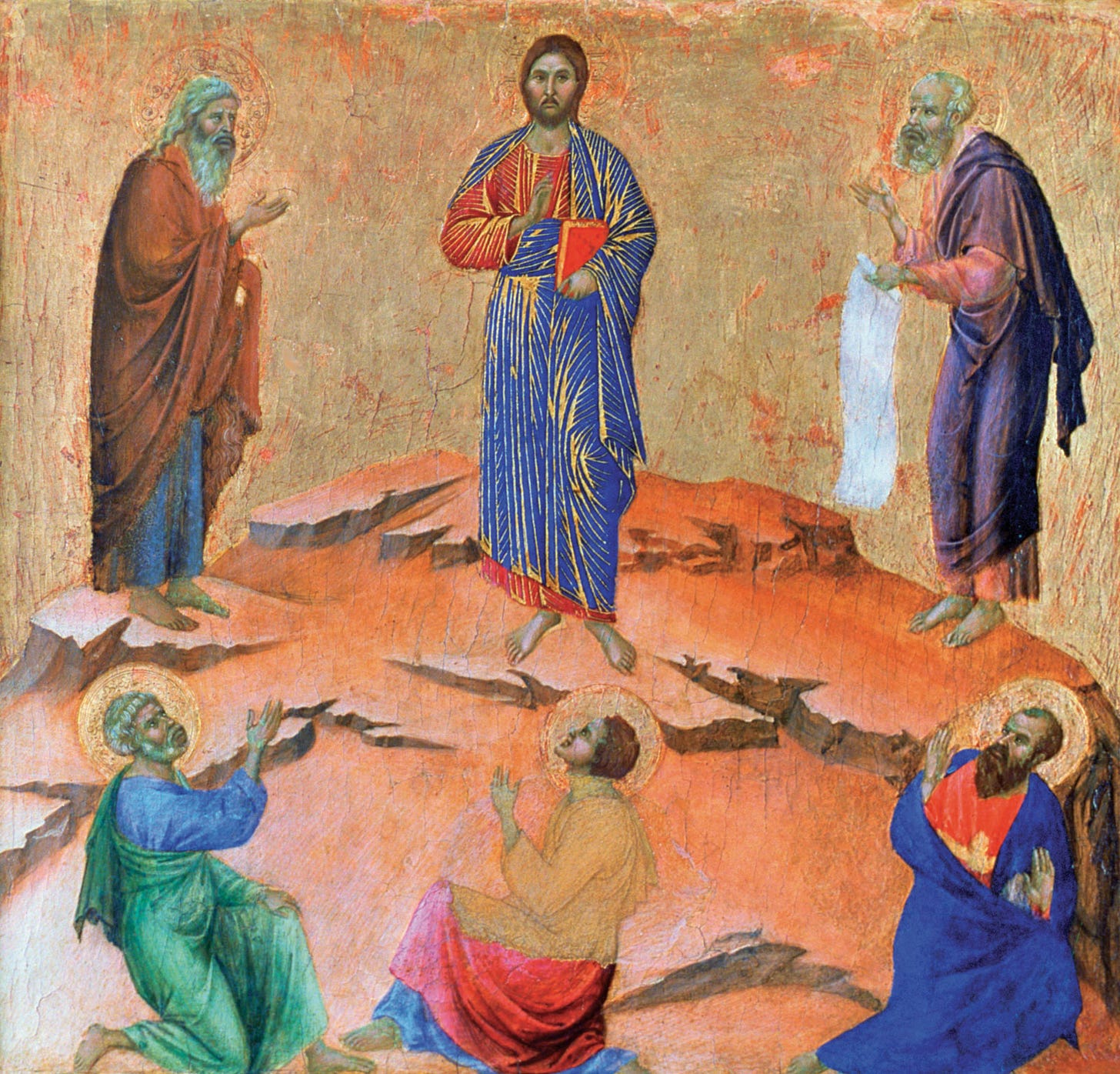Once more, the Copts are among the best of Christians, this time for celebrating Transfiguration on the 19th rather than the 6th of August, and so giving me a chance to write something on it. But what I find myself struck by, in fact, is the twofold linkage that the Transfiguration effects between Theophany, and the Baptism in the Jordan, on the one han…
Keep reading with a 7-day free trial
Subscribe to A Perennial Digression to keep reading this post and get 7 days of free access to the full post archives.




